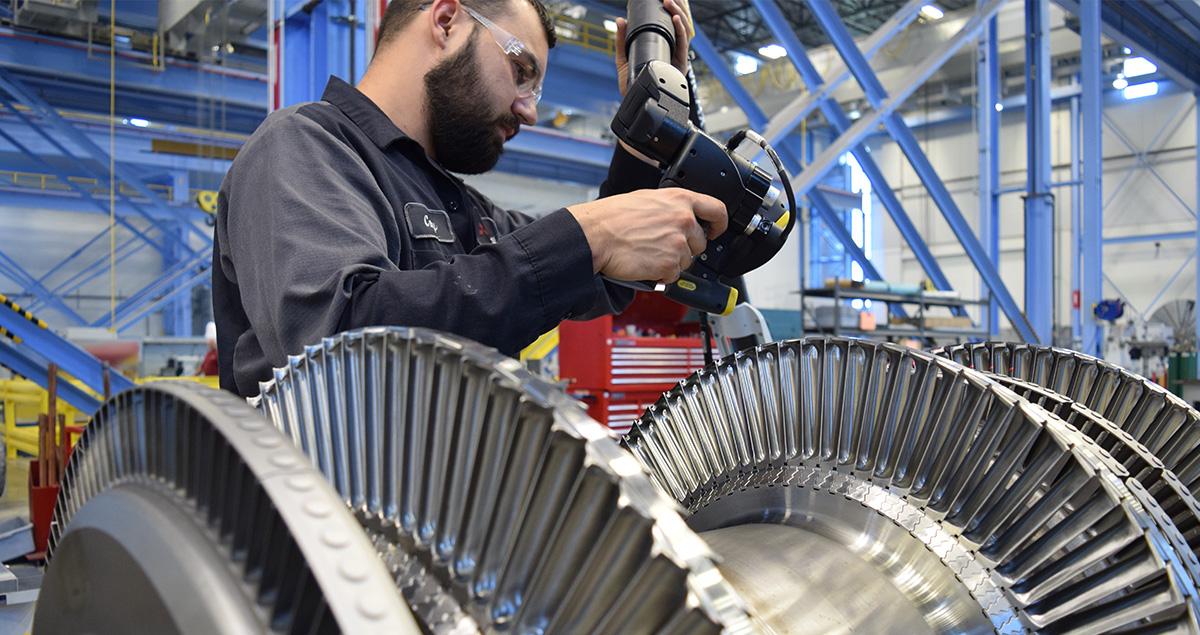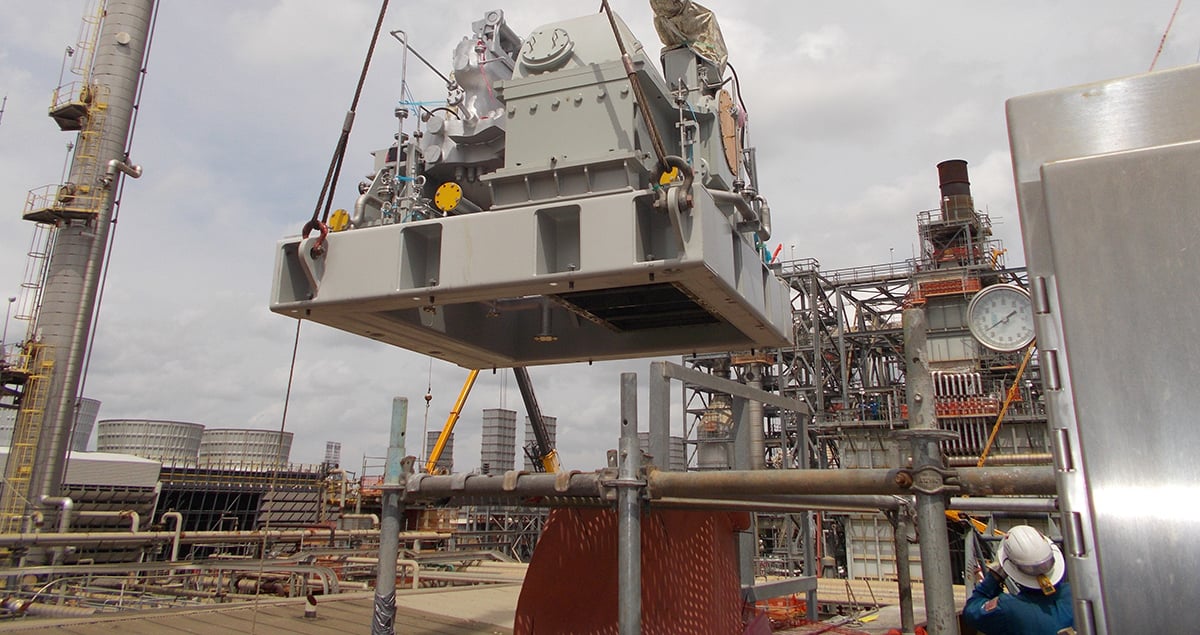The need for speed: What’s driving transformation in manufacturing

Consumers may love the “click today, deliver tomorrow” culture of online shopping, but it’s forcing manufacturers to react to changing customer needs faster than ever before. The effects are not limited to mass-produced goods; they’re rippling through the highly specialized world of heavy machinery, which is experiencing burgeoning demand for customized products.
While technology’s growing influence on the sector can’t be ignored, the need for accelerated production and delivery is changing heavy machinery manufacturing – reshaping the sector in profound ways and creating new opportunities for growth.
Going local
The conventional global manufacturing and distribution model is disappearing. Instead of shipping from one large production facility to the rest of the world, manufacturers are searching for more efficient arrangements. For some companies, that means setting up shop closer to customers to gain a deeper understanding of their needs and be able to respond quickly.
One company that’s reaping the benefits of proximity is Mitsubishi Heavy Industries Compressor International (MCO-I), a part of Mitsubishi Heavy Industries (MHI) Group. Rather than manufacture machinery at its home base in Japan and ship it to the United States, the company established a Gulf Coast base in 2015, in the heart of the local oil and gas industry – roughly half of the U.S. oil refining and natural gas processing capacity is located along the Gulf of Mexico.
This move has led to MCO-I’s rapid growth in the U.S. over the last four years, allowing the company to better understand the market and adapt its operations to the needs of its customers. Rather than simply shipping pieces of equipment, the company now offers customers whole-life service for its products.
3D printing on the premises
Technologies such as 3D printing are accelerating how companies produce their products. For instance, Mitsubishi Heavy Industries Machine Tool Co. (MAT) uses a proprietary additive manufacturing process to print metal components of virtually any size, and a unique monitoring system works in real time, analyzing feedback and automatically adjusting the printing process to guarantee the integrity of the finished product.
Clients have access to a record of the manufacturing, giving them complete traceability. And the process is cheaper than traditional methods, such as casting.
This innovation opens up many possibilities for companies operating closer to their customers. Manufacturers can produce highly specialized components on-site, for industries ranging from auto manufacturing to space travel.
Components produced locally also cut out the carbon dioxide emissions associated with transporting products across long distances, another growing concern for customers.
Growing collaboration
Increasingly, manufacturers are adopting a spirit of collaboration, joining forces to meet the time frames and complex demands of customers.
Some industries are naturally suited to such joint ventures: Mobile phone service providers have been benefiting from shared network infrastructure for years, reducing costs, spreading investment risk and extending their coverage.
Working together is nothing new for Japanese companies. Chowa, as it’s known in Japanese, refers to “a spirit of harmonious partnership.” Harmony can even exist between rivals, where the practical benefits of combining resources outweigh competitive concerns. Mazda and Toyota may compete, for example, but they’re building a joint factory in Alabama – a single facility that will produce cars from both companies for American drivers.
As businesses look to go local, these kinds of collaboration are a strategic way to cut the costs of running multiple global bases.
Partner companies may also have shared interests despite operating in very different fields. Take Google and Volkswagen, which have joined forces in a quantum computing partnership. Although the companies may apply the technology differently, they share a common goal to advance the field while sharing the resources required to do so. In an increasingly high-tech world, where such breakthroughs could shift the playing field, unlikely collaborations could become commonplace.
For major manufacturers, working with other companies provides an opportunity to offer clients end-to-end solutions – through the power of internal chowa. On the Gulf Coast, MCO-I and Mitsubishi Hitachi Power Systems (MHPS) have come together to supply customers with compressor and gas turbine packages.

Deepening integration
Greater collaboration has also become an integral part of successful and faster supply chains, as astute manufacturers realize the benefits of developing deeper relationships with their vendors. These suppliers can help manufacturers reduce costs, boost quality and develop new products and processes to outpace and outperform competitors.
This is a proven strategy for Japanese companies. The country’s major auto manufacturers were fostering supply chain integration in the U.S. in the 1980s. This culture of cooperation exported from Japan ran counter to the price-focused interactions between carmaker and supplier that dominated the American automobile market at the time.
Honda and Toyota built long-term, close-knit vendor networks in the States, in which suppliers learned, improved and shared in the parent company’s success. In the 1990s, production costs fell by as much as 25 percent for some Japanese models, lead times to bring new models to market were shorter than those of U.S. rivals, and overall reliability was superior.
Today, deep supply chain integration continues to offer many benefits to both vendor and buyer, especially as the market demands ever faster production and distribution. Sharing expertise and knowledge builds trust between partners, and often mutual success. The spirit of cooperation makes it easier to respond to customer requests for bespoke products and to react to emergencies.
This strategic, and at times physical, closeness can also give customers peace of mind about what they’re buying: MCO-I’s integration with MHI Group companies means customers know the provenance of their machines.
The result is greater speed and greater transparency – chowa at its best.





